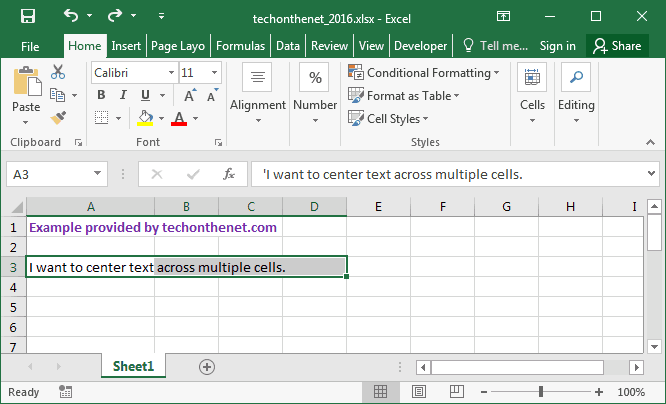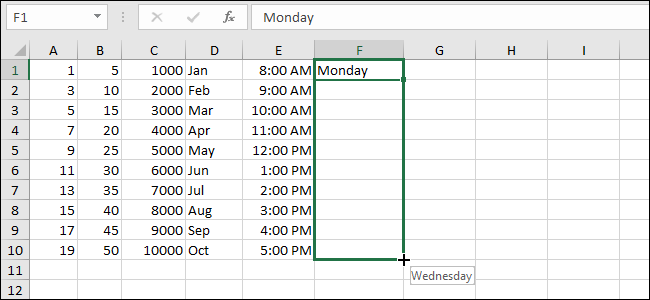


Select the columns for which you want to create the named range (hold the Control key and then select the columns one-by-one).Once created, you can simply enter the named range name in the Name box (or select it from the drop-down)īelow are the steps to create a named range for specific columns: Instead of doing it one by one or entering it manually in the Name Box, here is what you can do – create a named range that refers to the columns you want to select. Suppose you’re working in a workbook where you may often have a need to select far-off columns (say column B, D, and G). Let me also show you another wonderful trick. If you continue to experience the issue after you change your formulas to refer only to cells instead of calculating across workbooks, move on to. Instead of doing calculations across networks, contain the formula in one workbook, and then create a simple link from one workbook to another. It allowed me to quickly select columns and format them at once, or delete/hide these columns in one go. Excel is trying to calculate large amounts of data. If you don’t see it listed, press Control + O, select the file, then click Open.

When I used to work as a financial analyst years ago, I found this trick extremely useful. It’s in the All Apps area of the Start menu in Windows, and the Applications folder in macOS. If you want to select multiple columns that are not adjacent, say D, H, and I, you can enter the below: D:D,H:H,I:I Similarly, if you want to select multiple columns (say D, E, and F), enter the following in the name box: D:F While the main purpose of the Name Box is to quickly name a cell or range of cells, you can also use it to quickly select any column (or row).įor example, if you want to select the entire column D, enter the following in the name box and hit enter: D:D


 0 kommentar(er)
0 kommentar(er)
